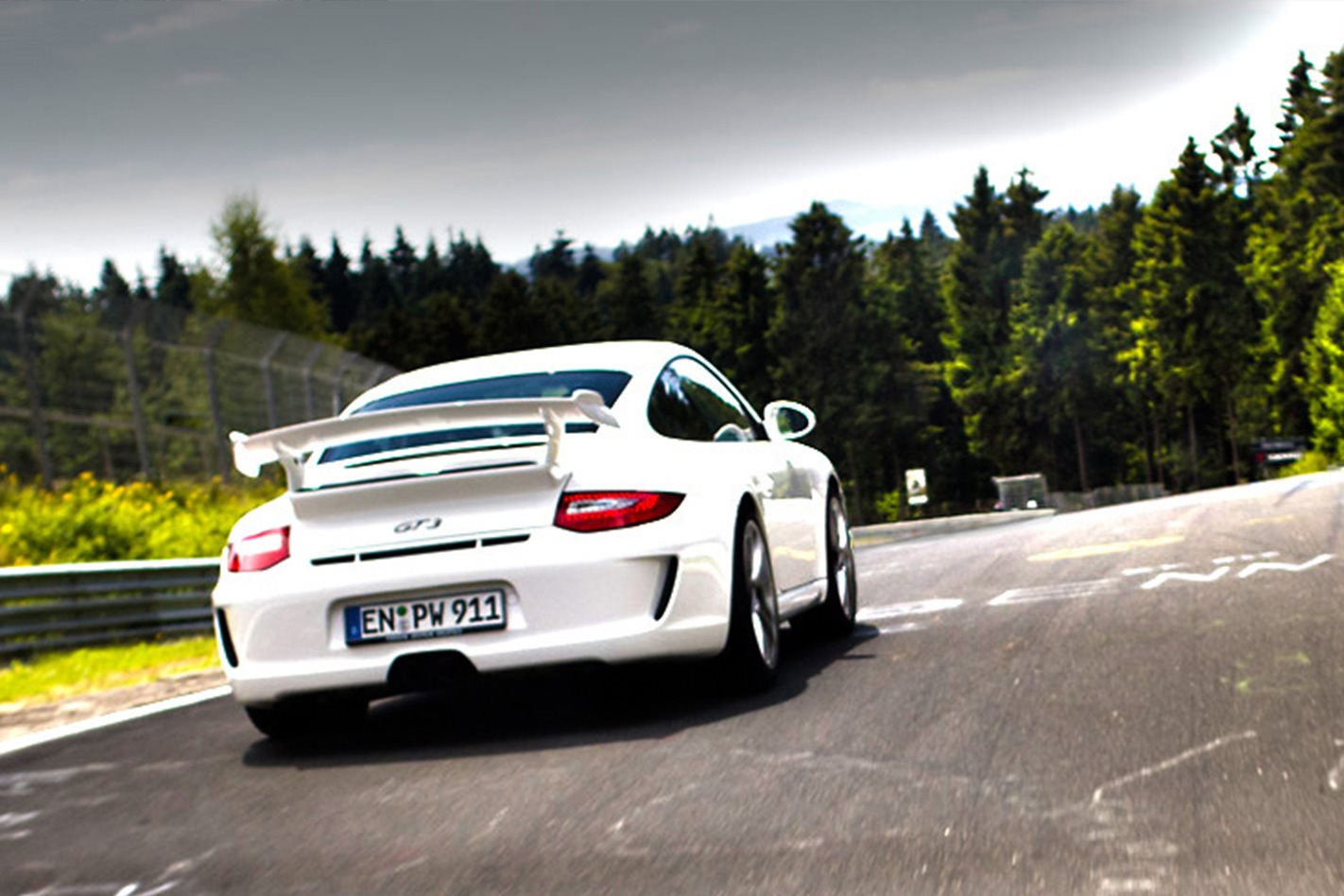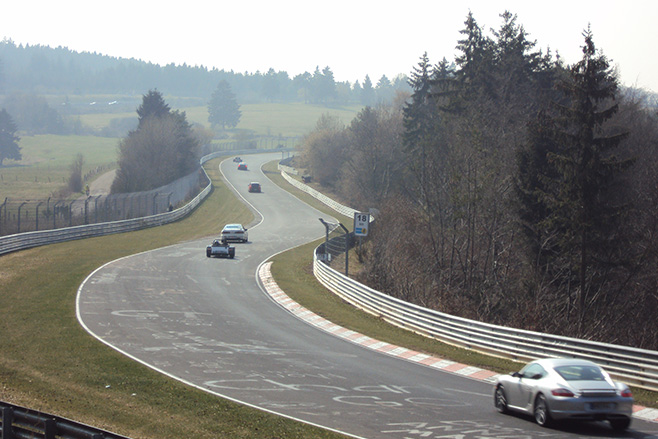
If you have even a passing interest in motorsport, the name Nurburgring should be no stranger to you. Also known as the Nordschliefe, or more evocatively the Green Hell, the circuit crops up quite often in press releases from car companies.
But for many people buying cars, they would have little to no idea what it is, or what that actually means for the car they are about to spend their hard earned cash on.
Here are the base facts: the Nurburgring Nordschliefe is a racetrack in the forests of Germany, that first opened in 1927 and stretches for 20.81-kilometres, with 154 individual turns.
The course is unlike most race tracks in that it is narrow, bumpy, and has extreme elevation changes. This is because the track was developed to imitate the conditions of the famous Targa Florio rally which was held on public roads in Italy. So although it’s very much a racetrack, the Nurburgring does hold a lot of similarities with public roads.
Which brings us to the second point of why the hell car companies love to tout the development of cars at the circuit.

No other track in the world offers the same fearsome, and importantly lengthy, combination of bumps and turns as the Nordschliefe. In addition to its desirable layout, the Nurburgring is often booked out for what are known as Industriefahrten, which are days dedicated to allowing manufacturers to use the circuit for development purposes. This turns the circuit into a proving ground of sorts, with manufacturers clocking countless laps of new and unreleased cars to nail down ride and handling characteristics.
Development at the Nurburgring is usually used to develop a car’s sporting credentials, with the track’s lap records becoming a bragging point among car makers. Cars which are developed on the ‘ring have earned a reputation – whether justified or not – of having harsh and stiff ride quality. However, this is not always the case. On a track as lumpy as the Nurburgring Nordschliefe, a compliant suspension isn’t necessarily bad for performance.
German carmakers are most notable for their development work at the circuit given it’s their home turf, but now manufacturers from all around the globe bring their development cars to the track. South Korean brand Hyundai has even gone as far as building a test centre at the track for its new N division, and many other carmakers also maintain a permanent presence at the circuit.
It’s not just performance that is being put to the test at the Nurburgring either. The track is enormous, lap times are in the ten-minute region for the average road car and there are brutal ascents to contend with. Durability is being challenged too, and if the car you buy has been put through the wringer at the ‘ring, you can be confident that it should cope with whatever you can throw at it on your own favourite patch of tarmac.




